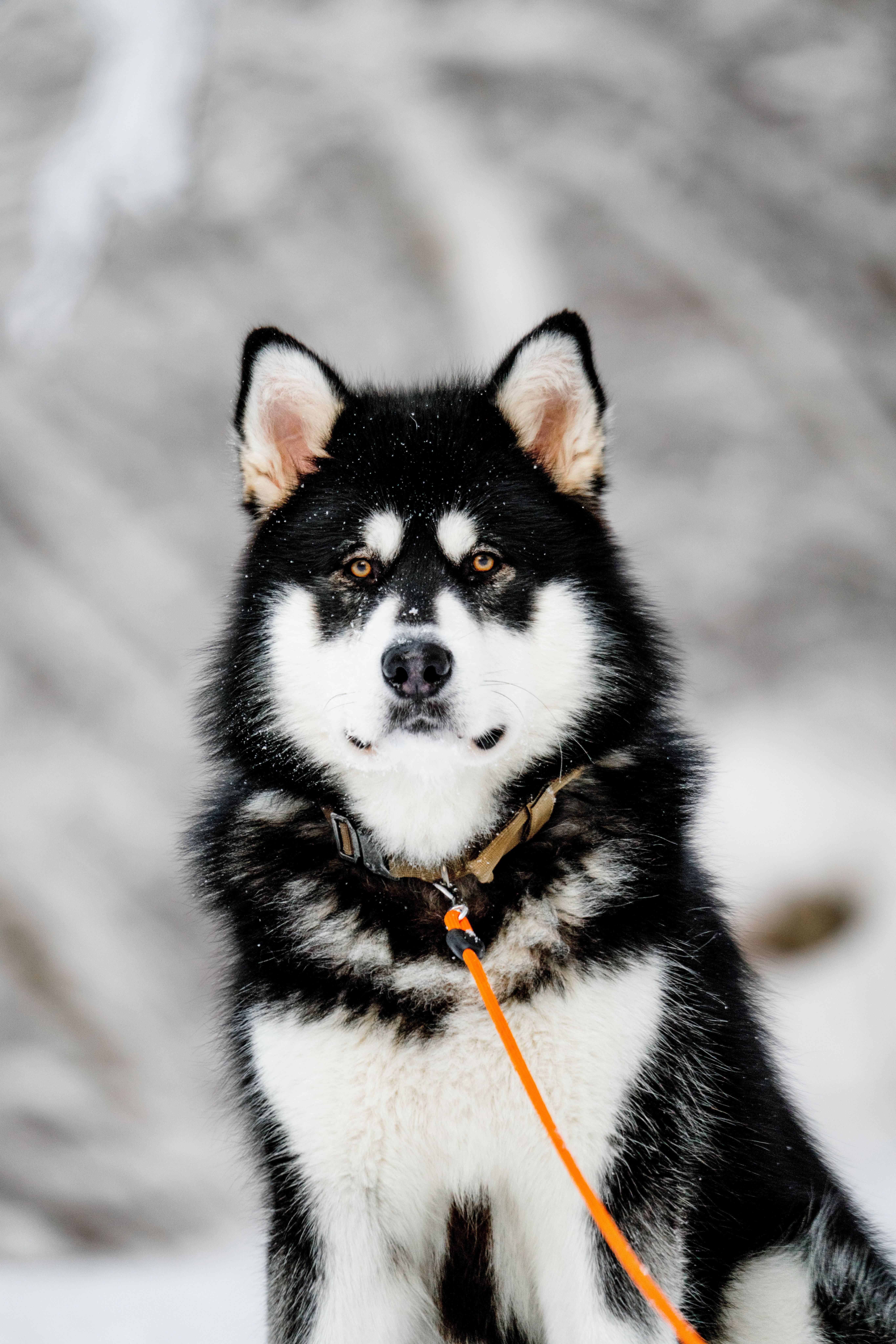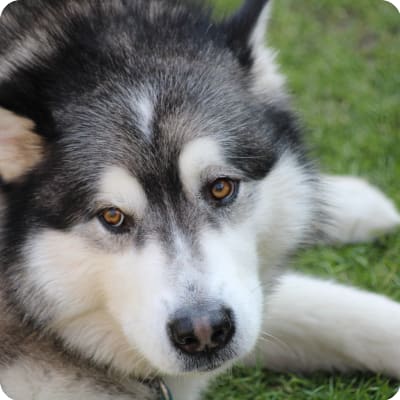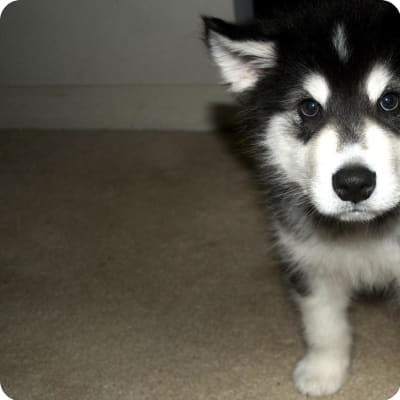Alaskan Malamute Puppies

The Powerful and Active Alaskan Malamute
Similar to other strength and endurance breeds such as the Canadian Eskimo Dog and Samoyed, the Alaskan Malamute was bred for moving heavy freight items. They share a close genetic tie to additional sled dog variations hailing from Siberia. Important to note is that this is a basal breed, which separates its origin from modern breeds arising after the 19th century.
Alaskan Malamute At a Glance




Alaskan Malamute At a Glance
- Size: 22"-28", 85-120 lbs.
- Lifespan: 12-15 years
- Energy Level: high
- Coat: Thick, coarse outer coat with an oily, woolly undercoat
- Shedding: heavy
- Hypoallergenic: No
- Dog Group: Working
- Common Nicknames: Mal, Mally
Alaskan Malamute Breed Guide
Learn More About Alaskan Malamutes


